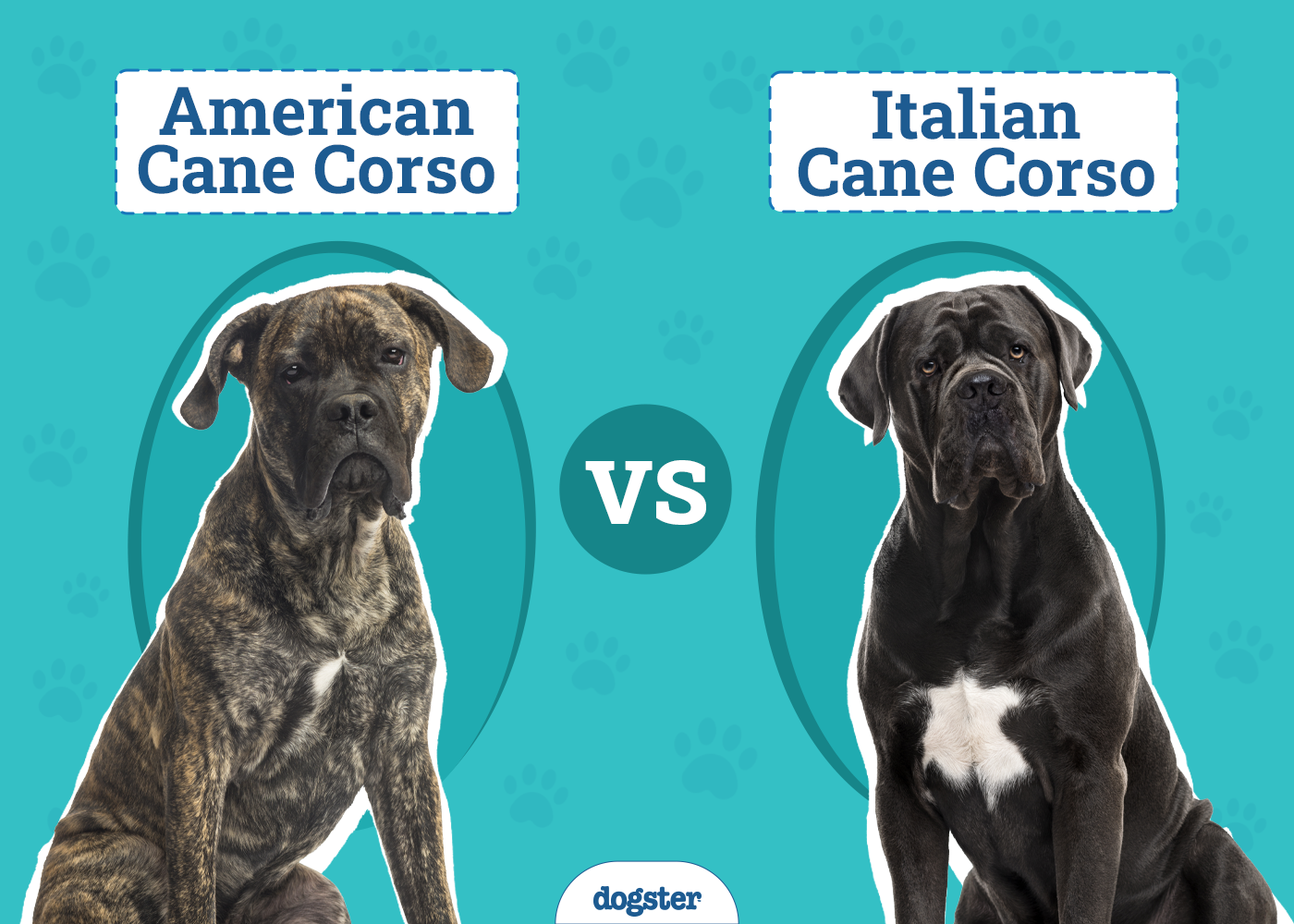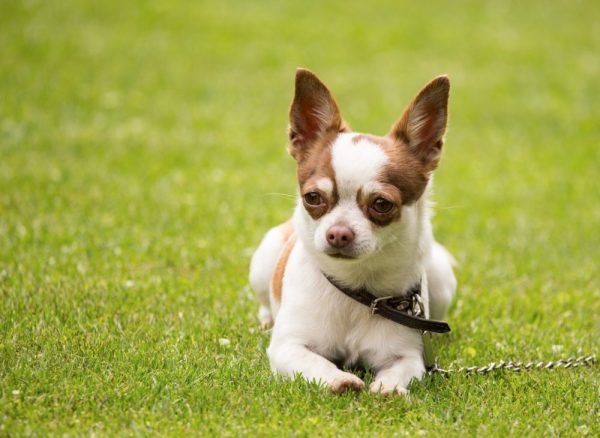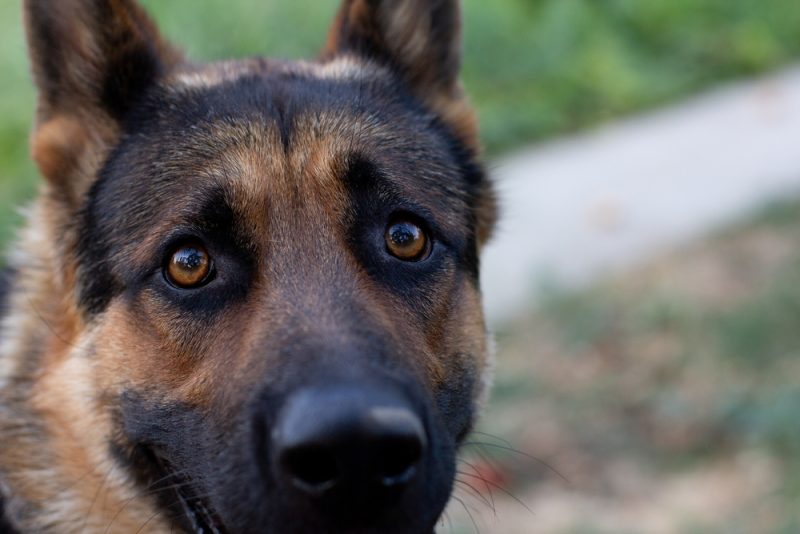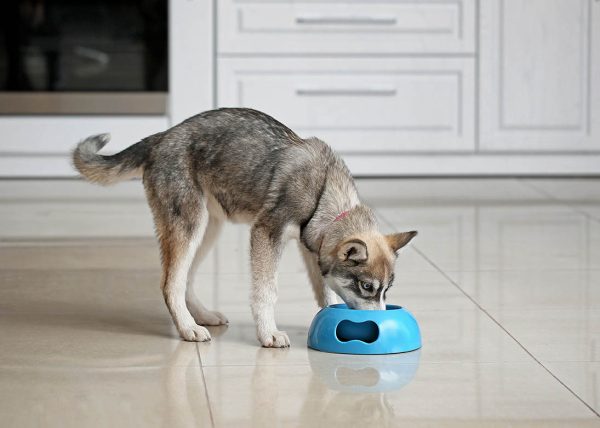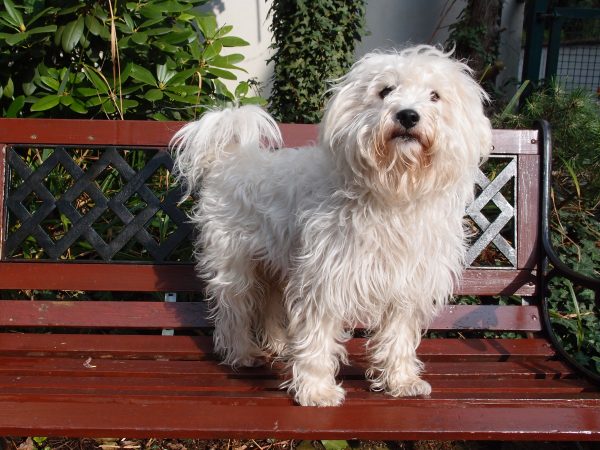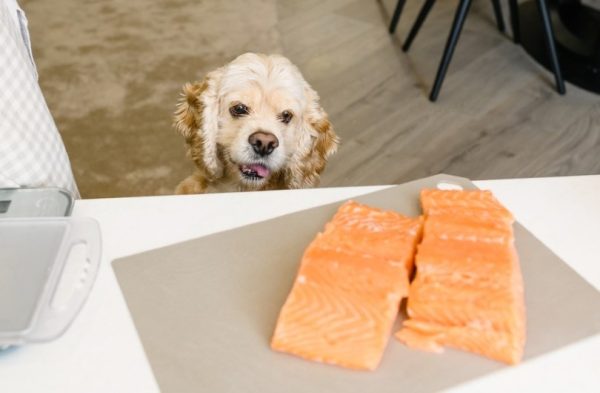In this article
The Cane Corso is a beautiful, elegant, loyal dog with a long and complex history. There’s plenty of debate in the dog world about whether there are two separate Cane Corso breeds. The American Kennel Club (AKC) only recognizes one Cane Corso. However, many breeders and enthusiasts believe that two entirely separate lineages have developed throughout the years.
The Italian Cane Corso is said to have evolved from the Molossus war dogs of ancient times. Meanwhile, the American Cane Corso is supposed to have a different bloodline derived from breeding the Italian Corso with fighting dogs. If you’re confused, don’t worry; we’re here to help. You can keep reading to discover our findings about the differences between the American and Italian Cane Corso.

Visual Differences
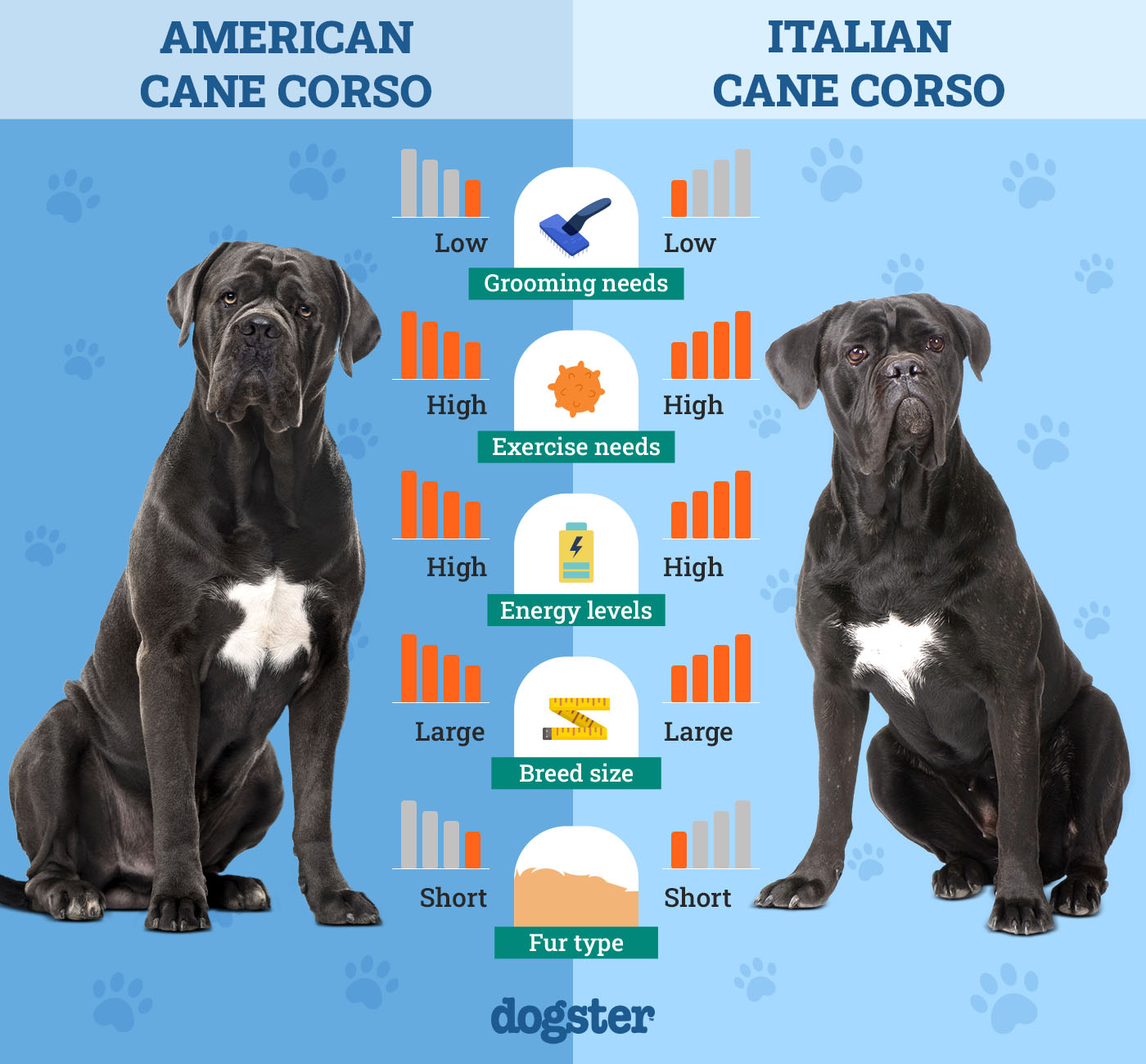
At a Glance
- Average height (adult): 23 ½–27 ½ inches
- Average weight (adult): 90–120 pounds
- Lifespan: 10–12 years
- Exercise: 2+ hours a day
- Grooming needs: Minimal
- Family-friendly: Potentially
- Other pet-friendly: Potentially
- Trainability: Intelligent, assertive, confident
- Average height (adult): 23 ½–26 ½ inches
- Average weight (adult): 85–110 pounds
- Lifespan: 9–11 years
- Exercise: 2+ hours a day
- Grooming needs: Minimal
- Family-friendly: Potentially
- Other pet-friendly: Potentially
- Trainability: Intelligent, willing to learn

American Cane Corso Overview
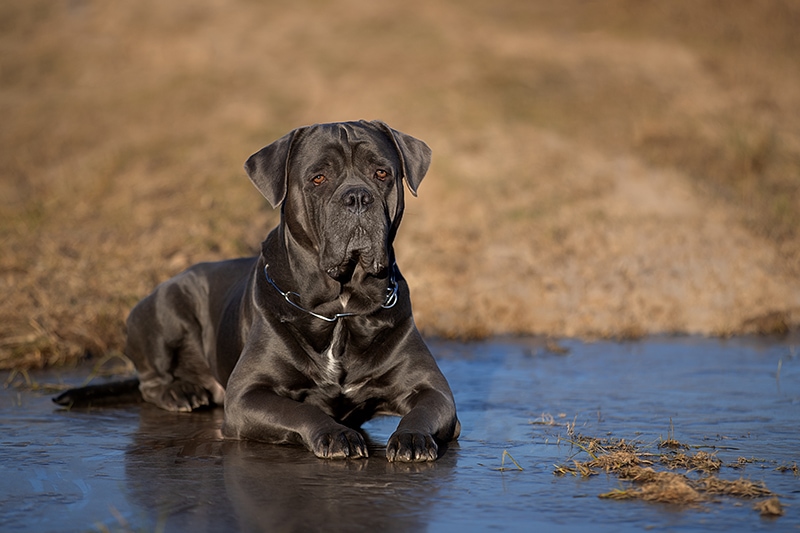
American Cane Corso dogs have an entirely different bloodline than their Italian counterparts. The American Cane Corso is sometimes also called a “non-traditional Corso.” Though the first few American Corsi came from those who arrived in America from Italy, the bloodline was eventually “muddled” through breeding them with other breeds. They are derived from fighting dogs like the English Mastiff, Rottweiler, and Pit Bull Terrier. Great Danes and Boxers were also commonly used for breeding with the Italian Cane Corso.
Personality
The American Cane Corso is intensely loyal to their owners, but they are known for their somewhat stubborn streak. They make fantastic guard dogs, though they have been known to show aggressiveness to their owners if they haven’t been trained or socialized properly.
Because the non-traditional Cane Corso results from mixed breeding, they exhibit a wider variance in their temperament than traditional Corsi.
Training
The American Cane Corso is an enthusiastic and self-motivated breed. This can make training them easy or difficult, depending on the dog’s feelings about the training. However, they’re more suitable for more experienced dog owners who know how to train massive canines.
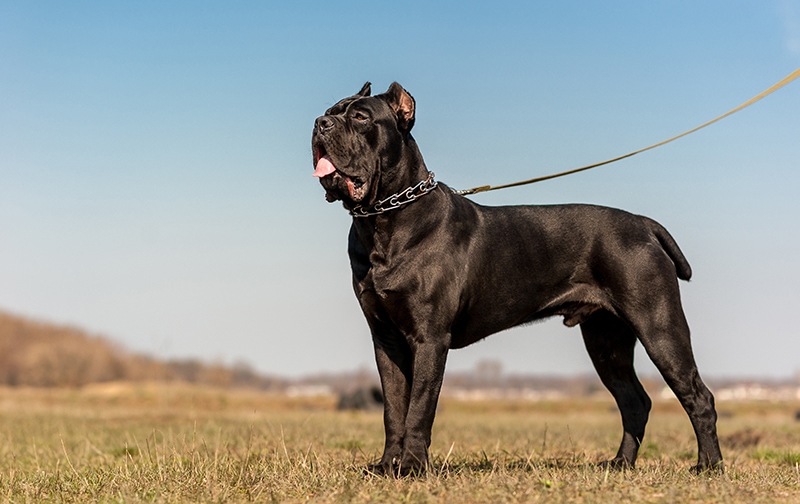
Appearance
The biggest difference between the American and Italian Cane Corsi is their appearance. According to the AKC standard, the American version is muscular, athletic, and large-boned. They are bigger, taller, and more muscular than their Italian counterparts, with larger heads and chests. Their short, stiff, and dense coats can come in various colors, such as black, brindle, fawn, and red.
The American is more masculine and intimidating in appearance but can still pull off a certain elegance that makes it a beautiful breed.
Suitable for:
The American Cane Corso is the perfect companion for a confident, experienced dog owner. These big and robust dogs need a lot of training and socialization, but they can become loyal and affectionate family pets with the right owner. Due to their size and strength, they’re not ideal for families with infants, but with enough training and socialization, they can get along with older children.
Italian Cane Corso Overview
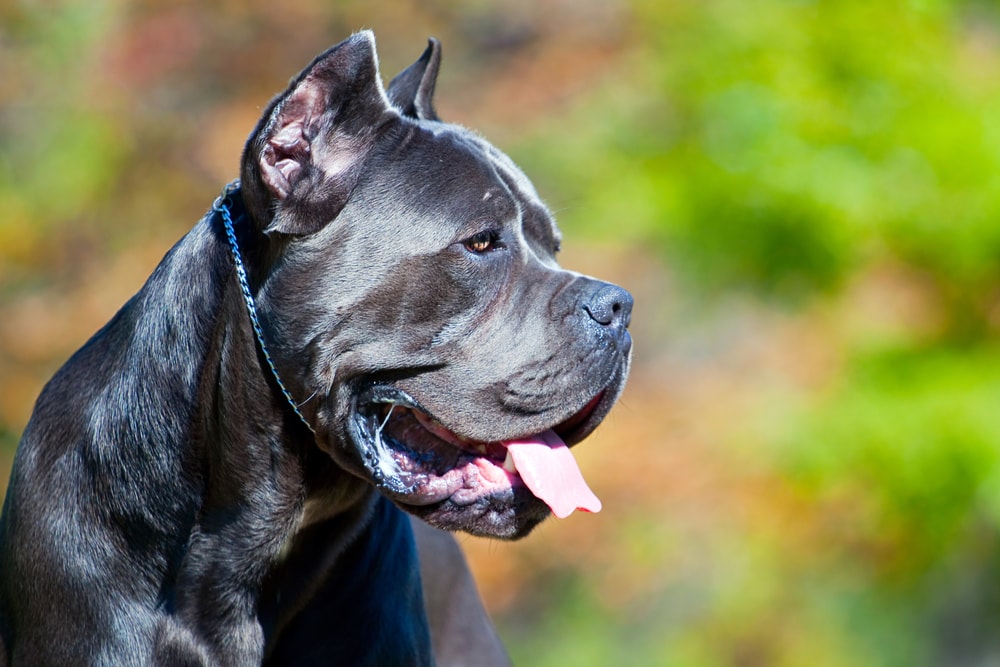
The Italian Cane Corso’s history dates back to ancient times. These “original” Cane Corso dogs are direct descendants of the Neapolitan Mastiff, which has the Molossus war dog in their lineage. The Neapolitan Mastiff eventually became recognized as a separate breed, but they are closely related to the Italian Cane Corso.
Personality
The Italian Cane Corso is a curious dog who takes life as it comes. They’re highly intelligent and tend to take to training well, but in order to become well-behaved pets, they must be trained early when they’re still puppies. They are independent and tend to have a mind of their own.
Since they can show a dominant attitude, Italian Cane Corsos must learn to accept their owners as alphas. They respect the pack leader and become more accepting of a confident and understanding trainer.
Some Cane Corso dogs won’t tolerate another dog of the same sex, and some won’t stand for having another pet in the house. In addition, they have a strong prey drive, which can make living with smaller pets dangerous.
Training & Exercise
Because the Italian Cane Corso is a working dog, they need plenty of mental and physical stimulation. This is not a pushover breed to raise and train. These curious and self-assured pups need a firm owner who can devote time to training and socialization. With the right stimulation and training, the Italian Cane Corso can be a loving and obedient family pet that gets along well with others.
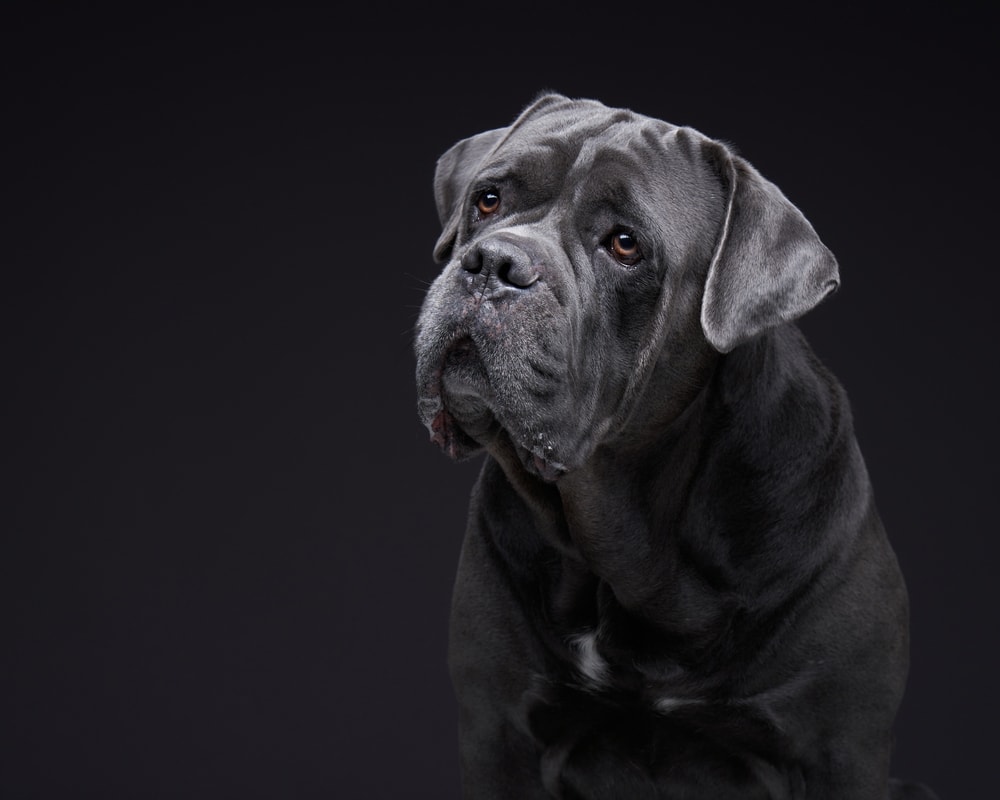
Appearance
The Italian Cane Corso is shorter and less muscular than their American counterpart. The Ente Nazionale della Cinofilia Italiana (ENCI), the Italian organization responsible for recognizing and standardizing dog breeds, says the Italian Cane Corso is a robust, sturdy, yet elegant breed. They’re lean and powerful and have long muscles.
Their heads and chests are smaller, and their jaws aren’t as powerful. Their fur is longer and thinner than that of the American Cane Corso. Like their American relative, the Italian Cane Corso can have several coat colors.
Suitable for:
The Italian Cane Corso is perfect for experienced owners used to handling strong, stubborn dogs. However, this is not the breed for a first-time dog owner. They need a firm and confident human to become the alpha; otherwise, they’ll assume the role, which can make living with them difficult.
Which Breed Is Right for You?

Whether you believe there are two Cane Corso dog breeds, there is no denying the American and Italian Cane Corsos’ elegance and beauty. If you choose to bring a Cane Corso into your life, there are some things you need to be prepared for, regardless of whether you adopt a traditional or non-traditional Corso. Training is paramount. Without proper training or socialization, you’ll constantly be fighting with your dog to behave and obey you. You must establish dominance right away.
Once your dog has thorough training, you’ll see how wonderful, loving, and loyal the Cane Corsos can be.
See also:
- Presa Canario vs. Cane Corso: Which One Is Right for Me?
- Cane Corso vs. Neapolitan Mastiff: How Are They Different? (With Pictures)
Featured Image Credit: Dogster/Shutterstock
